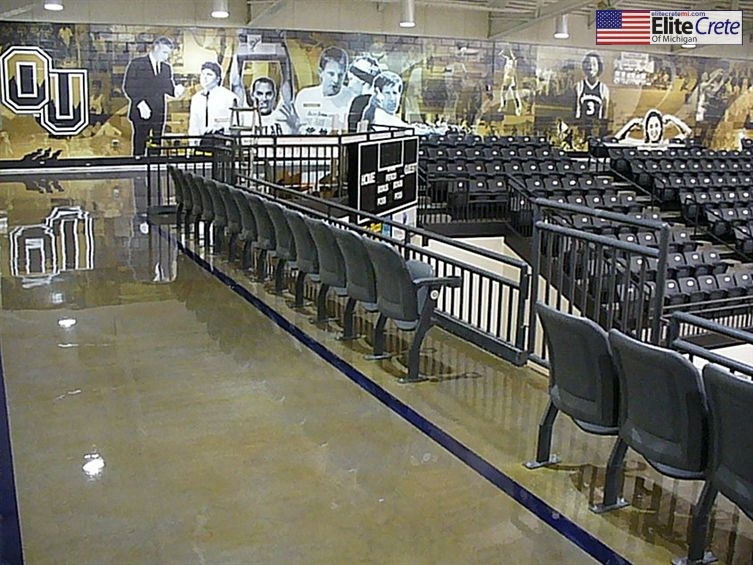 The way we become fans of sports teams and programs has always fascinated me. It is appropriate to say that most of us enter fandom either by location or socialization, or in most cases a combination of both. For instance, every household in the State of Michigan has chosen a side in the Michigan-Michigan State debate. Typically, location isn't as much a factor as family history in deciding whether one has loyalty to the Wolverines or the Spartans. On the flipside of the debate, many Michiganders are loyal to one of the sorriest franchises ever, that of the Detroit Lions. Because the Lions organization has been so bad for so long, I would argue much of our state's fanaticism stems from location. The NFL is the nation's most popular sport, so it would make sense that an overwhelming amount of people would desire a team to call their own that is actually near to them.
The way we become fans of sports teams and programs has always fascinated me. It is appropriate to say that most of us enter fandom either by location or socialization, or in most cases a combination of both. For instance, every household in the State of Michigan has chosen a side in the Michigan-Michigan State debate. Typically, location isn't as much a factor as family history in deciding whether one has loyalty to the Wolverines or the Spartans. On the flipside of the debate, many Michiganders are loyal to one of the sorriest franchises ever, that of the Detroit Lions. Because the Lions organization has been so bad for so long, I would argue much of our state's fanaticism stems from location. The NFL is the nation's most popular sport, so it would make sense that an overwhelming amount of people would desire a team to call their own that is actually near to them.In the past, I've pondered the idea of an Oakland Golden Grizzlies fan being created more out of circumstance rather than by socialization or location. Because the Division I era (and by extension, the Golden Grizzlies moniker) is still relatively young, the program hasn't had the time to see young kids grow up to be lifelong Grizzlies. This process is likely happening now as early-DI-era graduates settle down, begin families, and bring them along to games. Similarly, Oakland University is still considered a local university. So as far as location goes, the program may draw in some fans from the county it derives its name from, but it still has a way to go before ALL of Michigan starts pulling for it.
The best part about the results of this analysis is that the program is clearly heading in the direction where socialization and location will begin to make more of a difference. But for the immediate past, present, and future, OU fans are born out of the circumstances of their educational choice. In essence, fans here are those associated with OU because of something other than sports. Not a revolutionary idea, I know, and one probably true of most mid-majors around the country. Programs like Oakland may never pull in the random person from Northville or Williamston or Evart with no connection to the university, especially without football. But that fact, I think, is what makes Golden Grizzlies pride very special.
The fanaticism here is born out of time spent as a student, staff member, administrator, or "friend" of the university. Save a few rare individuals, OU pride is something that grows over time, sometimes four years, sometimes a decade. It may take something like an NCAA Tournament appearance or a player with NBA potential to push someone from casual observer to an in-tune fanatic. Whatever the case, the opportunities for people to realize the specialness of the program are becoming increasingly ripe as Coach Greg Kampe and Co. have found the consistency on which to grow a winning program.
There is no "right" way to becoming a fan. Any organization would love just to have fans to help fill the seats come game-time. That said, certain college programs have it made easy in this department through a combination of socialization, location, and plain ol' time. OU hasn't had these luxuries and so it must do what it can (free student tickets, special in-game promotions, unique advertising) to build a fanbase out of those easiest to target: associates of the university. The hope is that the payoff comes in the future with a generation of game-goers who embrace the tradition they were a part of building.
-
I didn't want to break up the flow of the above essay, so I thought it best to tack on a note here at the end: I'd be curious to see some comments on how you found your way to the OU family of fans. None of these essays are ever to be taken as the absolute truth; I simply enjoy putting my hypothesis out there and testing it in written form, so I'm sure a few readers have become fans in slightly different ways. Definitely leave a comment if you feel so inclined. And thank you for reading.




